If your perfect lawn, with its even green colour and unbroken texture, has been disrupted by a hoard of moss or weeds, you’ll know that it’s one of the most frustrating feelings a gardener can experience. So you need a plan of action to keep moss and weeds at bay. So , we have compiled the best advice we can find to get rid of weeds. Read on to know how to get rid of weeds and grow grass again in no time.
What are the Different Types of Weeds?
Before we deal with the weed headfirst, we need to know what type of weed has appeared in your garden. We can categorise lawn weeds in several ways:
- Annual weeds
- Perennial Weeds
- Broad-leaved weeds
- Weed grasses
- Mosses and Liverworts
Let’s consider each category in turn and look at how to get rid of each of these weeds, and keep them away in the future.
Annual Weeds
Examples of annual weeds include Chickweed, Groundsel and Black Medick. Annual weeds are common in newly-seeded lawns but in a healthy, established lawn, they’re rarely a problem. The seeds of most annual plants need disturbed ground and light to germinate, so if your lawn has a deep thick sward with no bare patches, annual weeds don’t stand a chance.
Chickweed and Groundsel in a newly seeded lawn are easily plucked out by hand. If there are too many, don’t panic. Once the lawn reaches 7-8 cm high, you can start to mow it down. Neither of these weeds enjoys being cut down and they won’t survive long enough to spoil a mature lawn. It may take a few weeks, but they will go in time.
Black Medick, however, is a different story. This is a low-growing weed that will soon smother grass plants. How do you get rid of this weed? Well, if you can remove it by hand, try this first and if that fails, a selective herbicide will be needed.
Perennial Weeds
Examples of perennial weeds include Plantain, Dandelion, Thistle, Daisy and Clover.
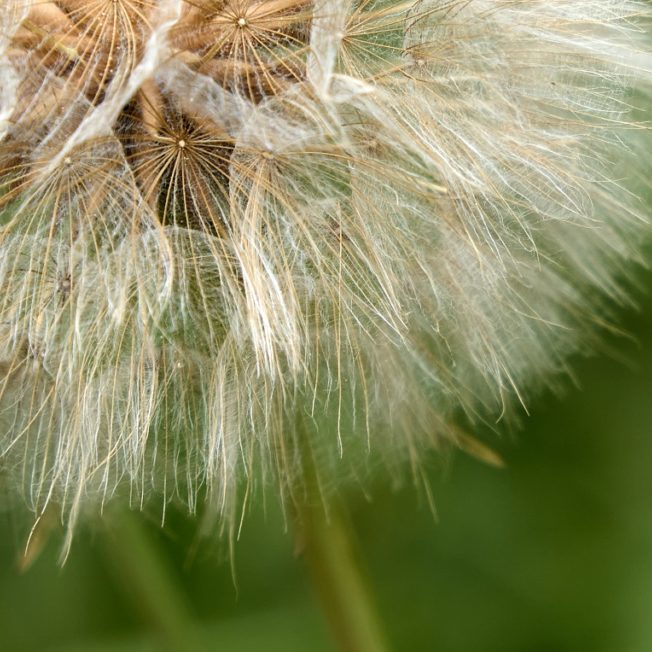
The best option for managing these weeds is not to let them establish in the first place. Avoid mowing your lawn too short and keep the grass plants well-fed and the sward thick.
Having said this, you may have inherited a challenging lawn already and are looking for a solution. If there are only a few unwanted plants, you can spot-treat them with a systemic herbicide.
What Herbicide Should I Use to Kill Weeds?
For targeted weed-killing, you can buy herbicides in a gel form that you simply touch onto the weed leaves. It takes about 3 weeks to kill the weed but provided you’ve been careful, it won’t affect the grass.
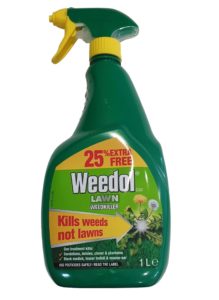 |
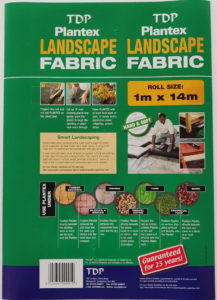 |
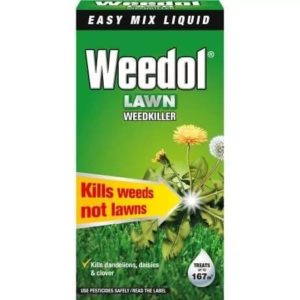 |
 |
 |
 |
If you’re horribly affected, you’ll need a blanket treatment of herbicide. These are widely available in garden centres, but the very best ones are only available to lawn treatment companies. The service is more expensive but is far more effective and comes with the knowledge that the chemicals will be applied by somebody who understands them and is trained to handle them properly.
Broad-Leaved Weeds
In the broadest terms, there are two types of plants: broad-leaved plants and grasses. Both have slightly different metabolisms which means that chemical controls can be made specific to one or the other. If you resort to using a weedkiller on your lawn instead of removing lawn weeds by hand, make sure that it is designed to kill only broad-leaved weeds.
Weed Grasses
If you have weed grasses on your lawn and you want rid of them, you’ve got a challenge on your hands. In a utility lawn, annual meadow grass is less of a problem, but in a fine lawn, it can look ghastly.
To eliminate annual meadow grass, keep the lawn well fed and you’ll find that it will blend with the other grasses over time. Annual meadow grass does not cope well with stress and if it’s hungry, the leaves turn pale, which is when they show up as lighter-coloured dots on the lawn. Picking off any flowering stalks as soon as you see them and being consistent with your mowing regime will limit the spread.
We’ve blogged about Annual Meadow Grass in the past – here’s our post diving into them.
Mosses & Liverworts
Mosses and, less frequently, liverworts are primitive plants that can really change the way a lawn looks, feels and behaves. They’re generally a symptom of shade, soil compaction, poor drainage or low nutrient levels, with shade being the most usual problem.
Read more about growing a lawn in shady conditions here, or check out these tips on moss control.
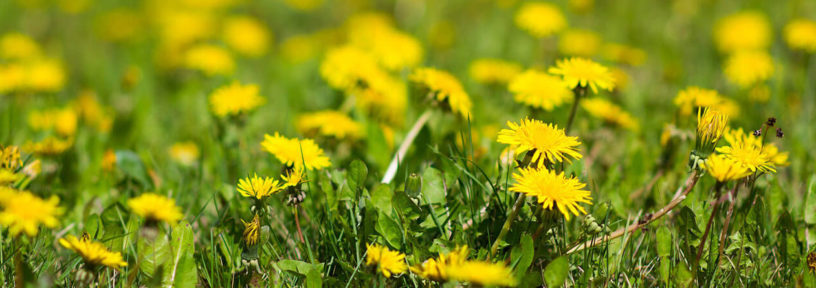
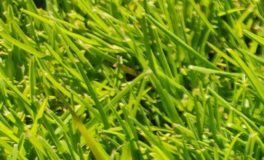 How to stop weeds from invading your new lawn
How to stop weeds from invading your new lawn  How to Control Weeds on a Green Roof
How to Control Weeds on a Green Roof 

